January 3, 2025
Dumangan Prime Inc together with sir Romeo Mauricio, the officer in charge for rice in Golden Season Grains Center, Inc. which is an accomplished manufacturer, exceptional trader and a major distributor of rice in the Philippines together with the farmers who applied the fertilizer. Field is around 2.8 hectares in total.
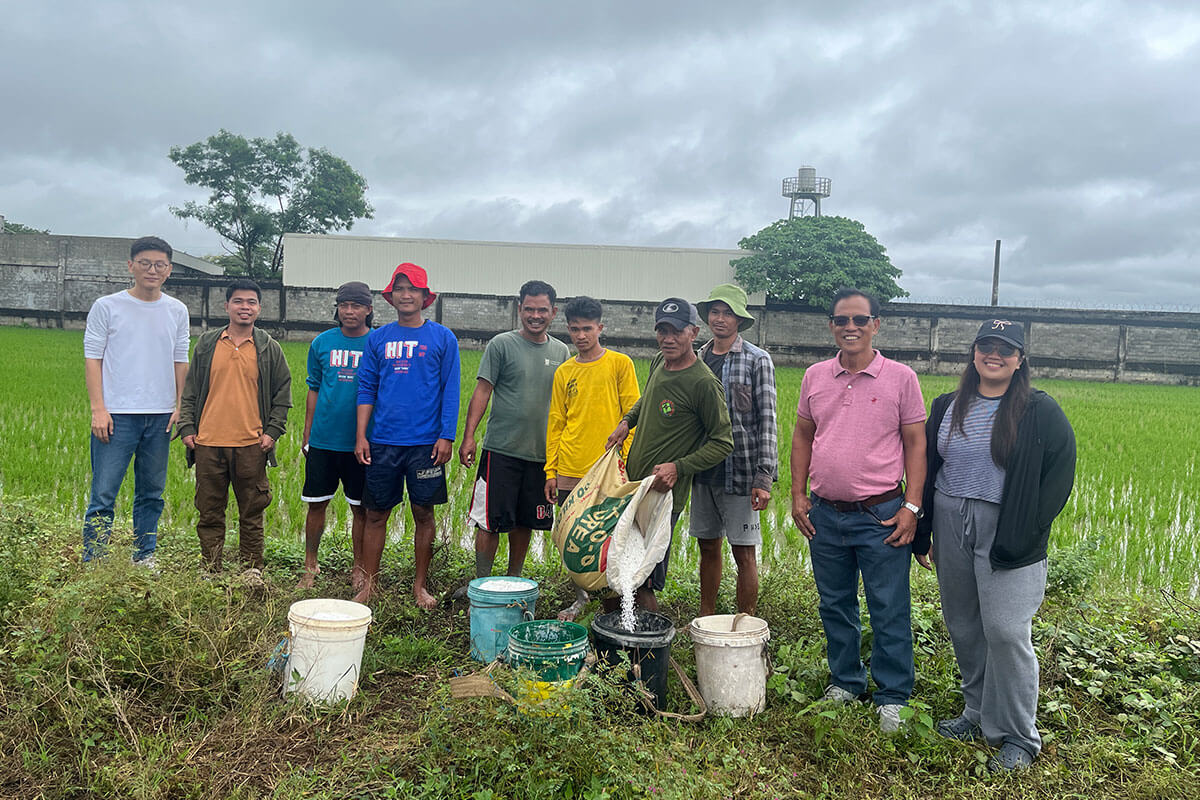
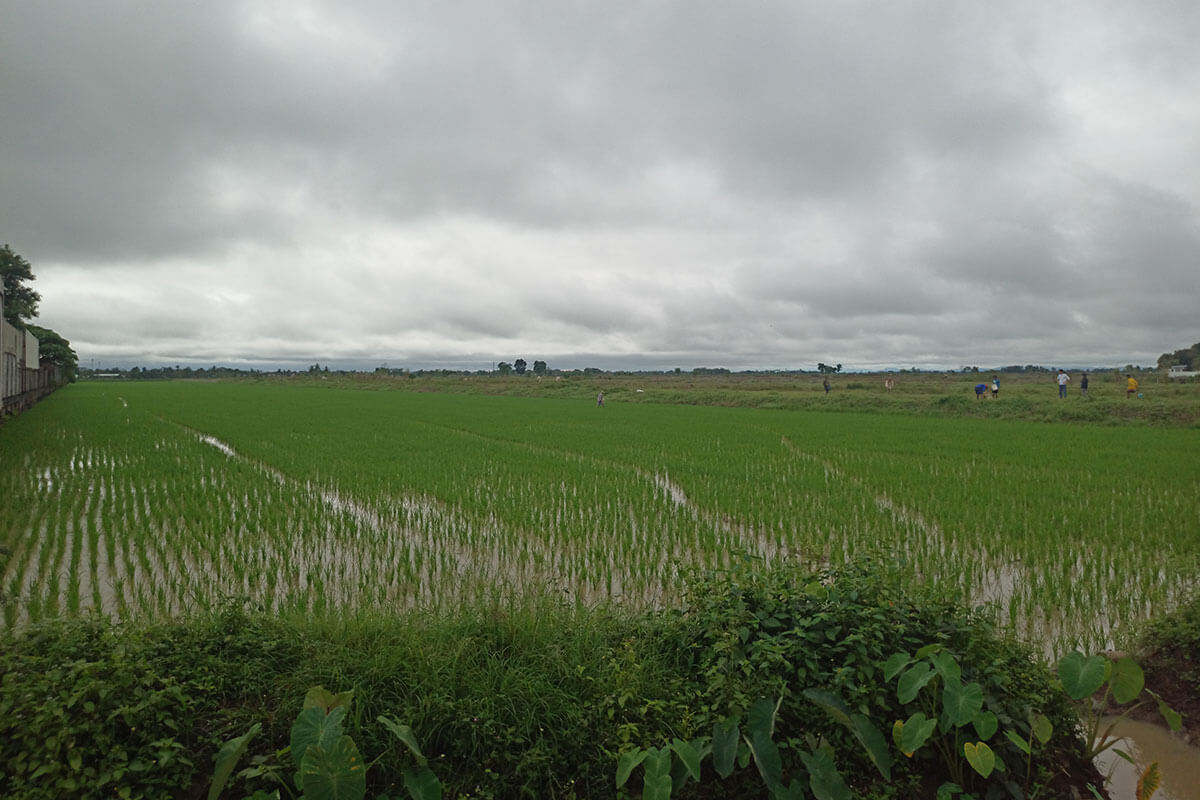
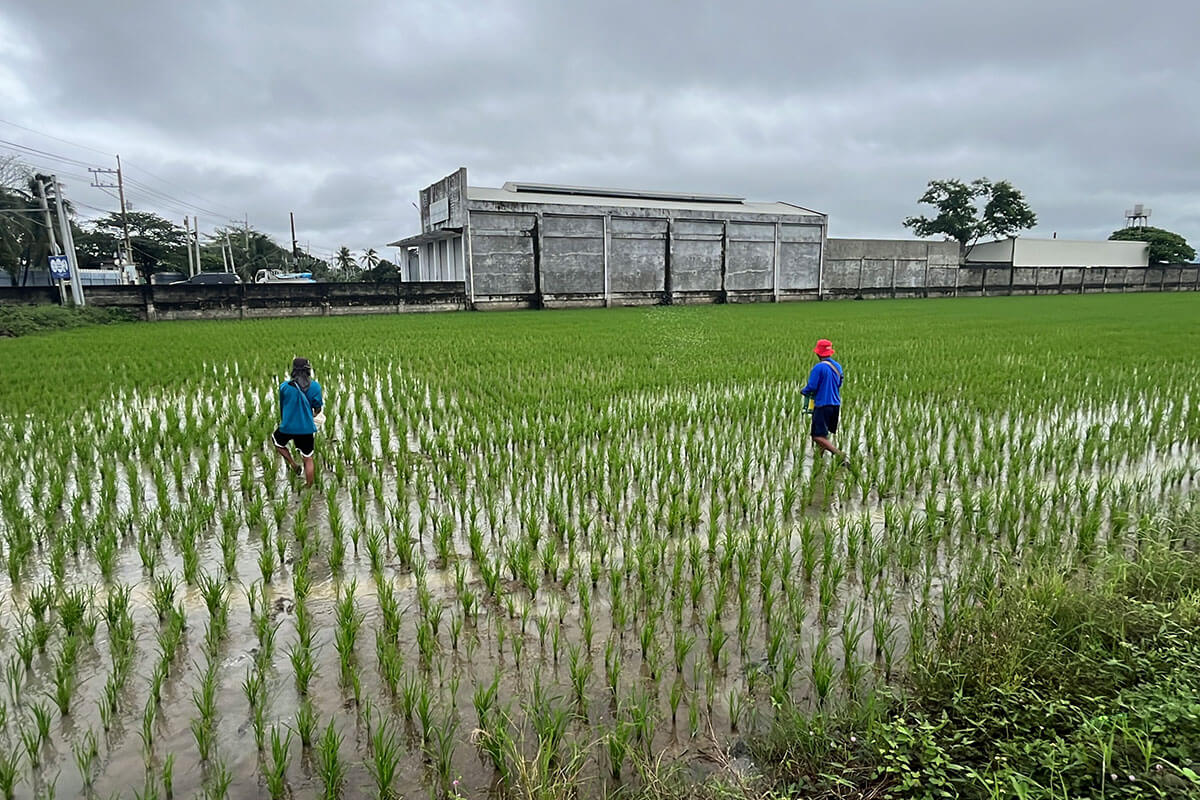
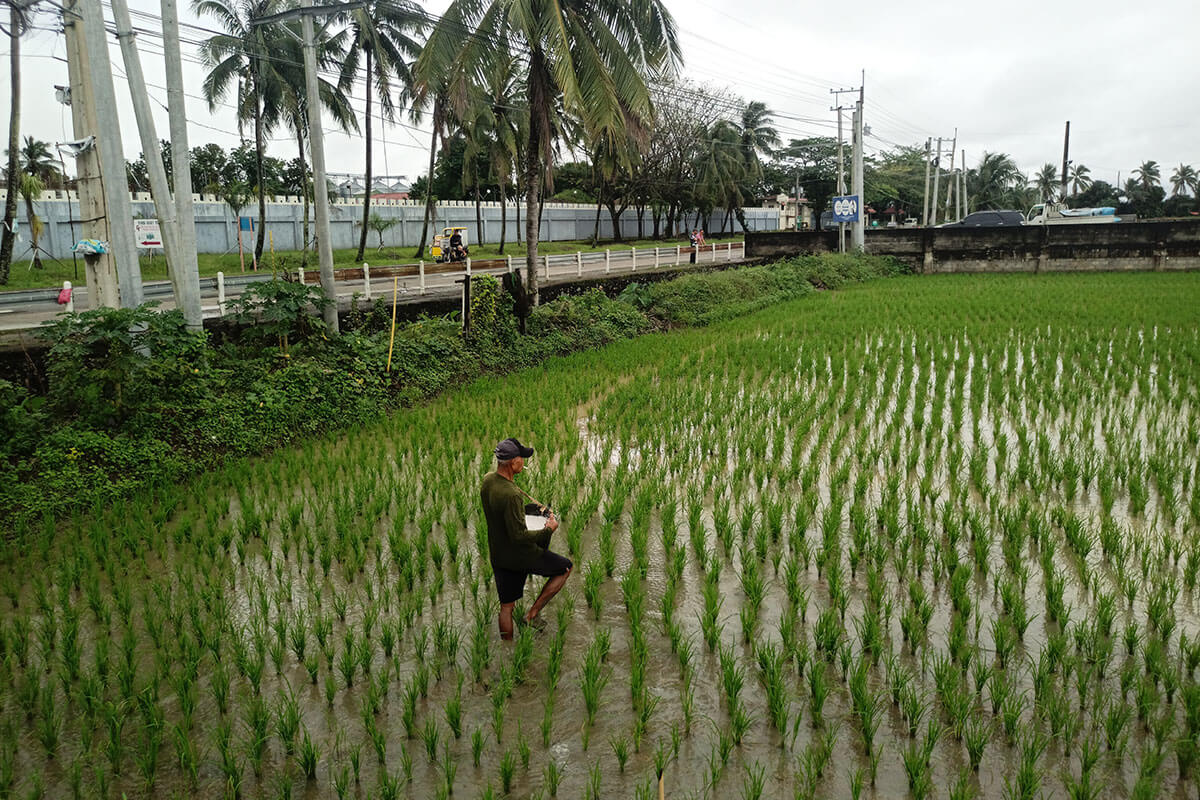
Rice is 15 DAT as of now. 600 kgs of NPK were applied together with 8.8 kg of DPF.
January 23, 2025
Today is 35 DAT of rice. Also, this will be the second application of DPF which is 16.66 kg. Upon interviewing the farmers, they noticed that the demo field is greener than the control field.
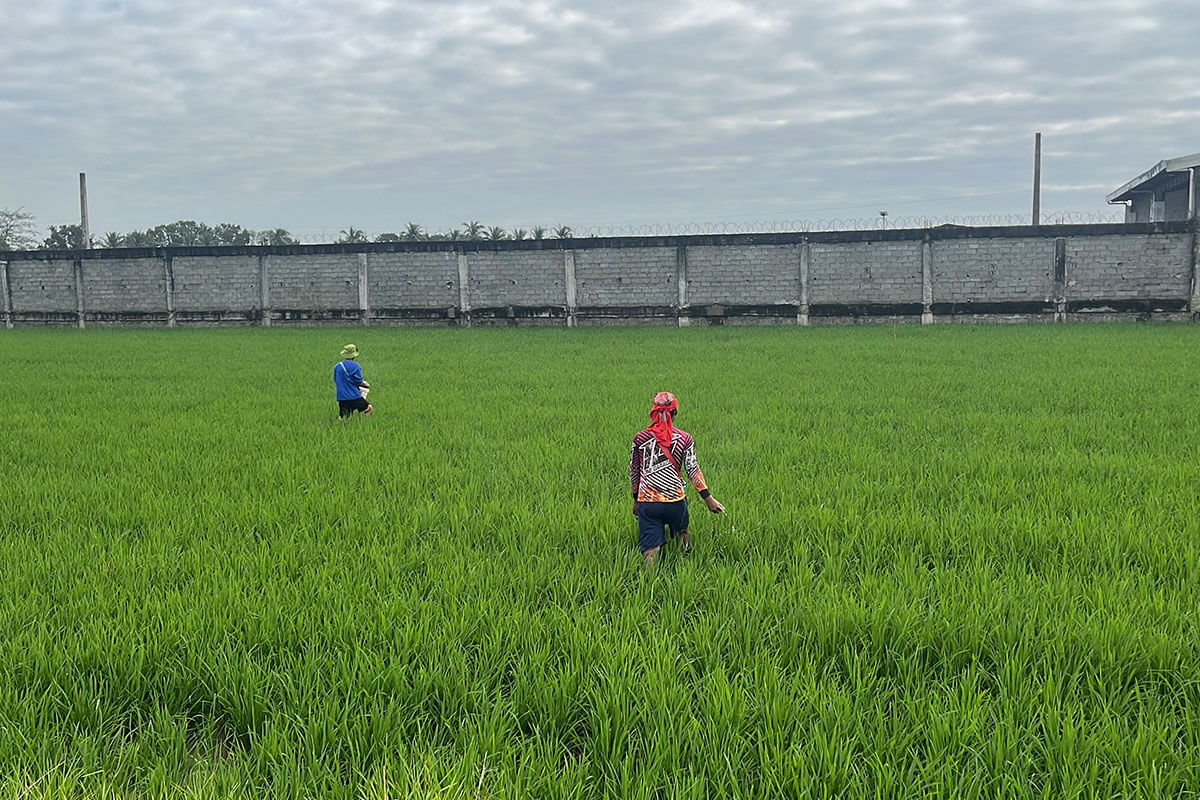
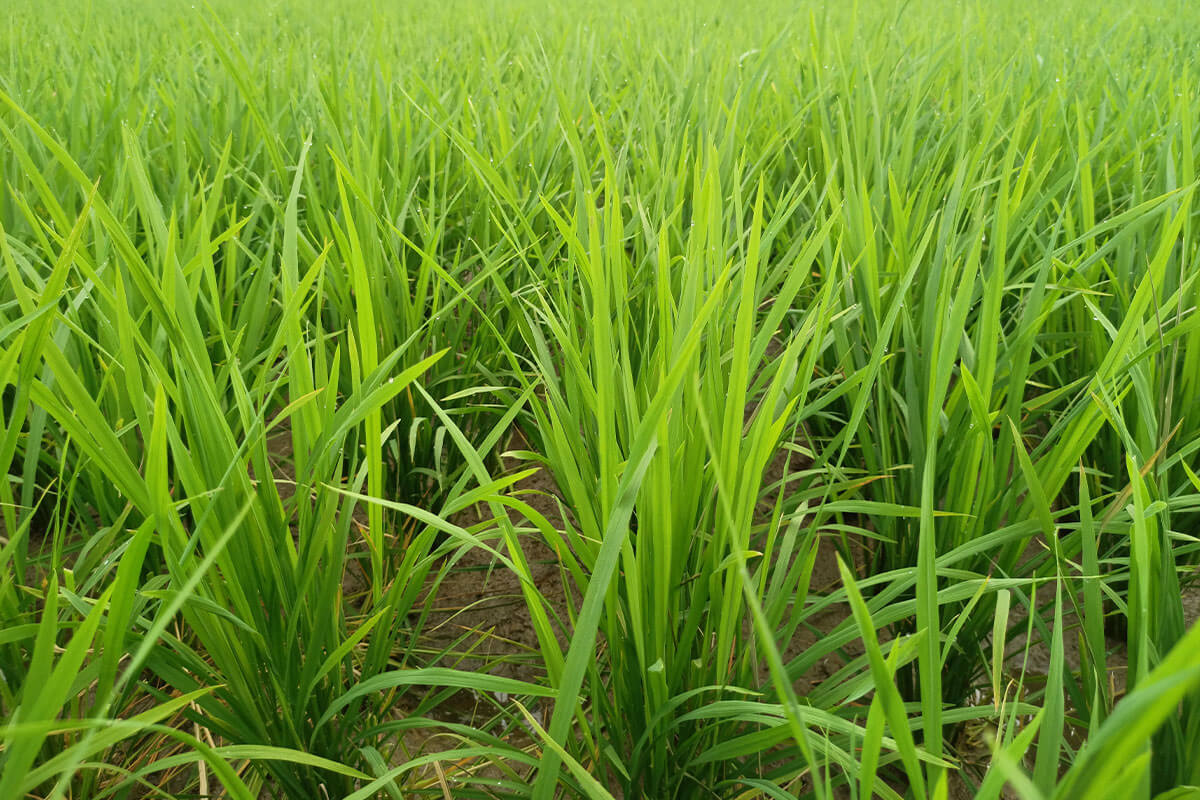
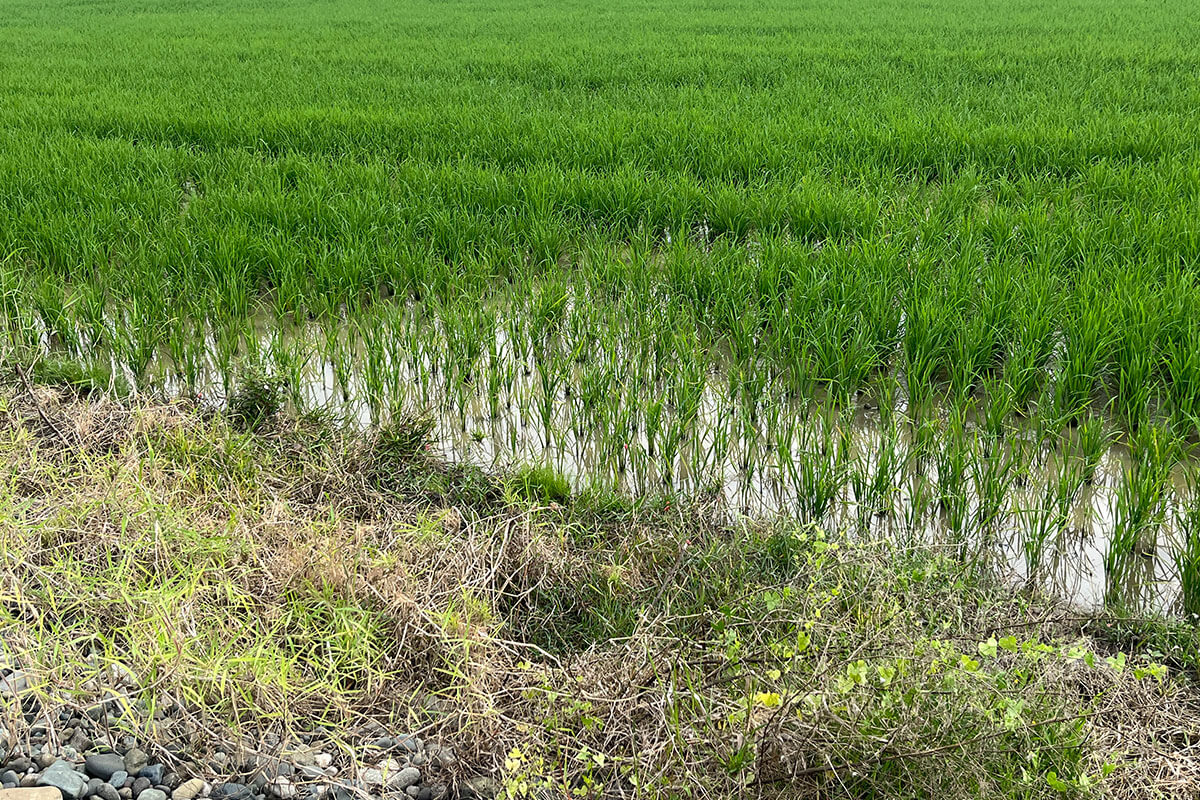
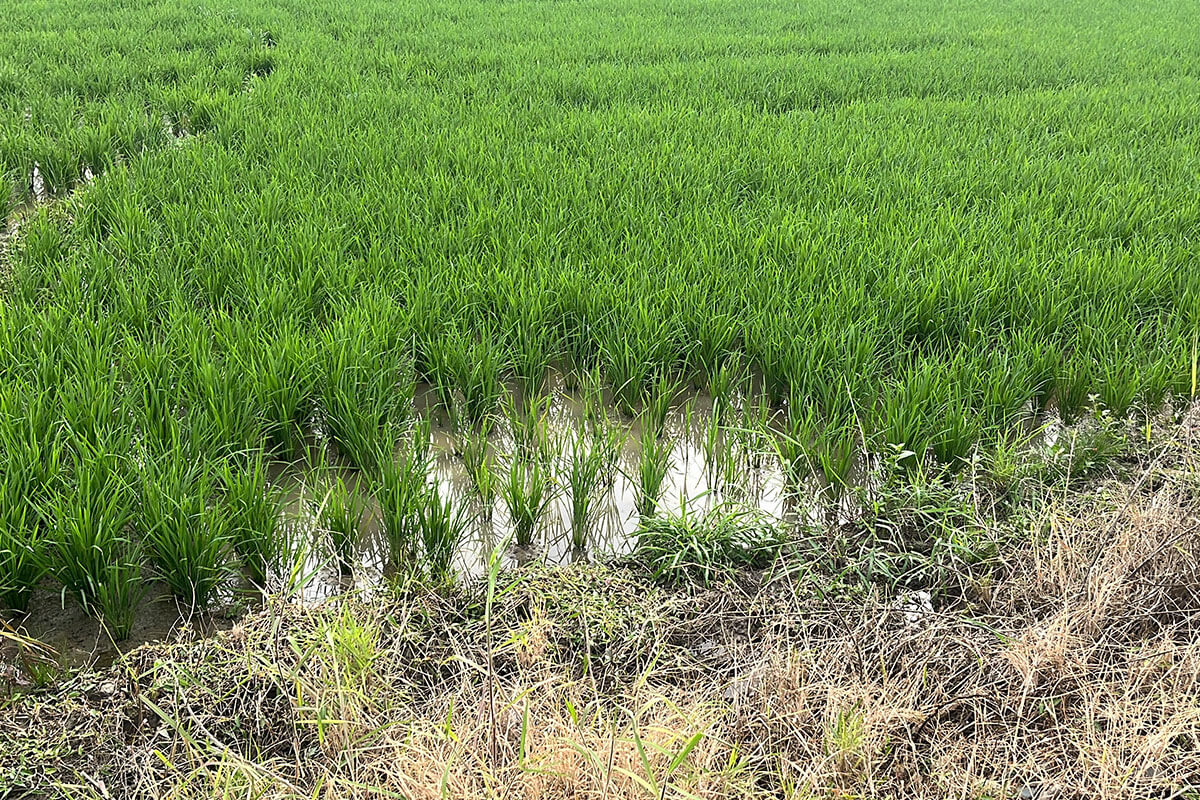
Upon checking the back part of the field, there are some spots that seem to be affected. The assumption is that it may be caused by the herbicide applied by the sides of the field or may also be affected by either rats or snails.
Upon data gathering, here are the following results:
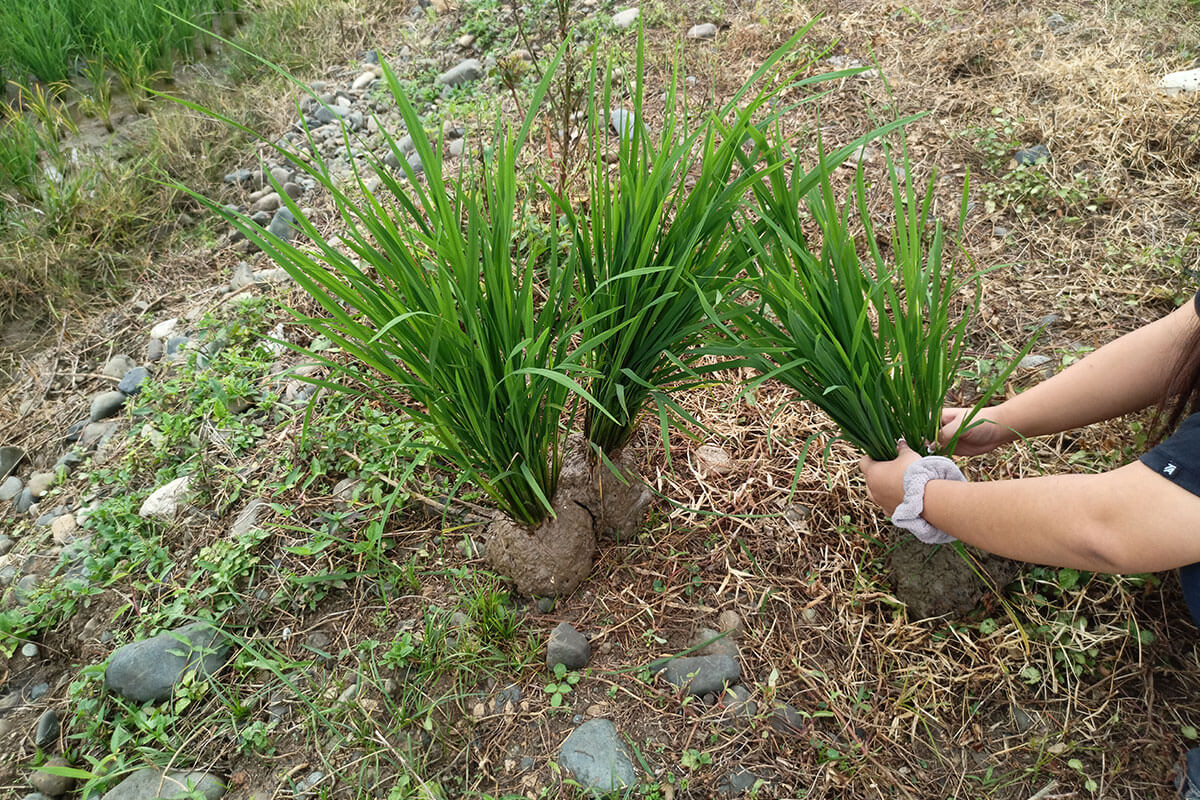
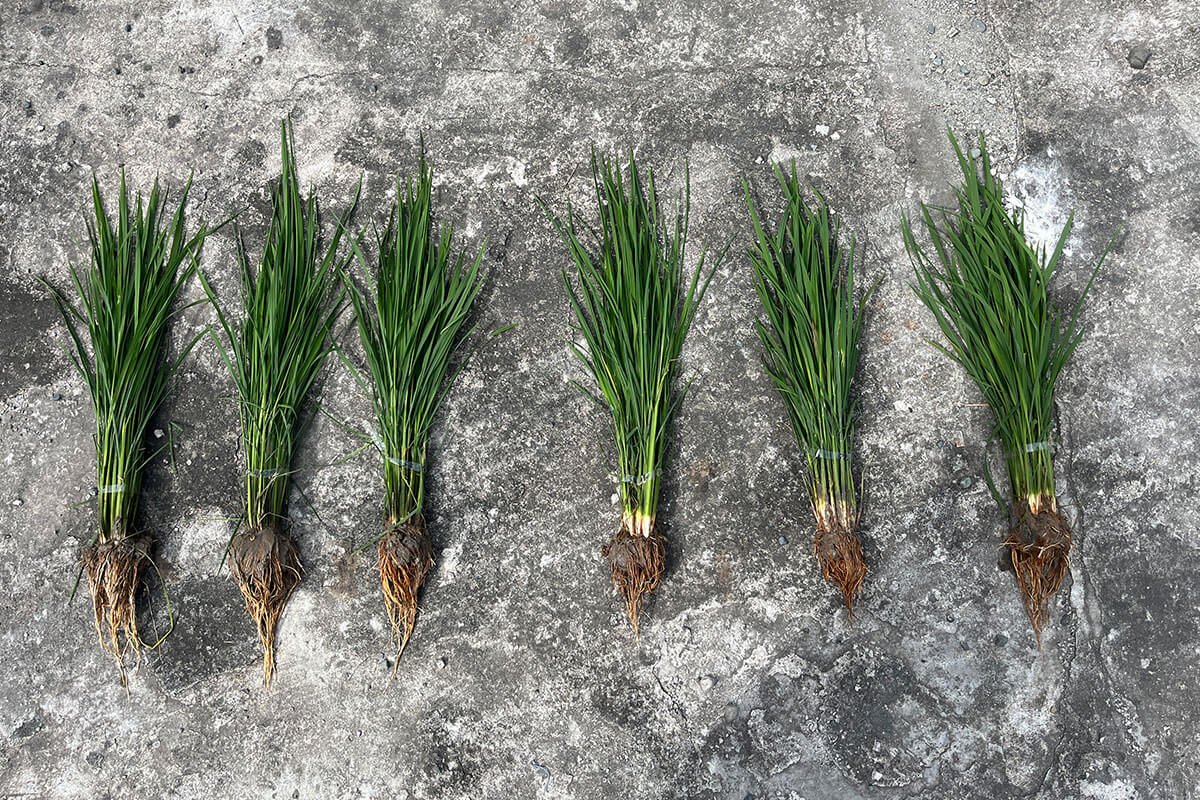
It is evident that the roots are longer and thicker compared to the control field.
February 7, 2025
Third application of DPF wherein 17 kgs in total were applied together with 400 kgs of NPK.
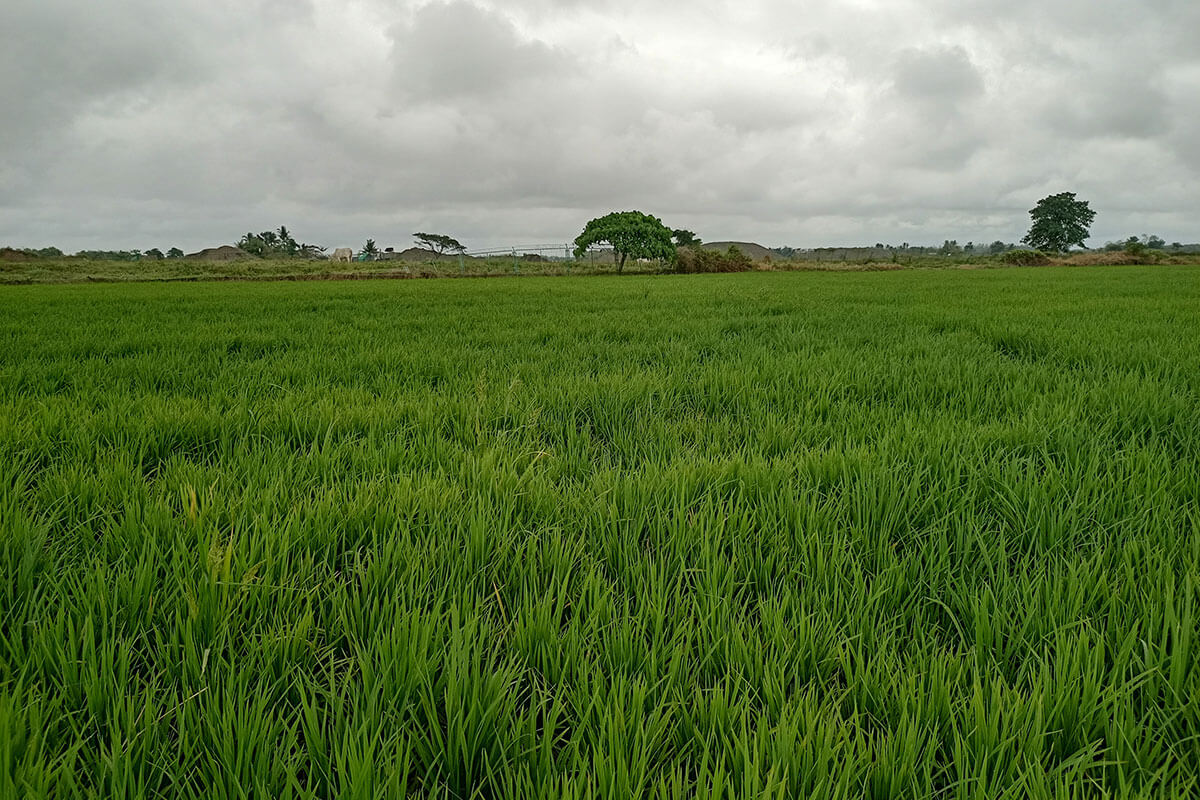
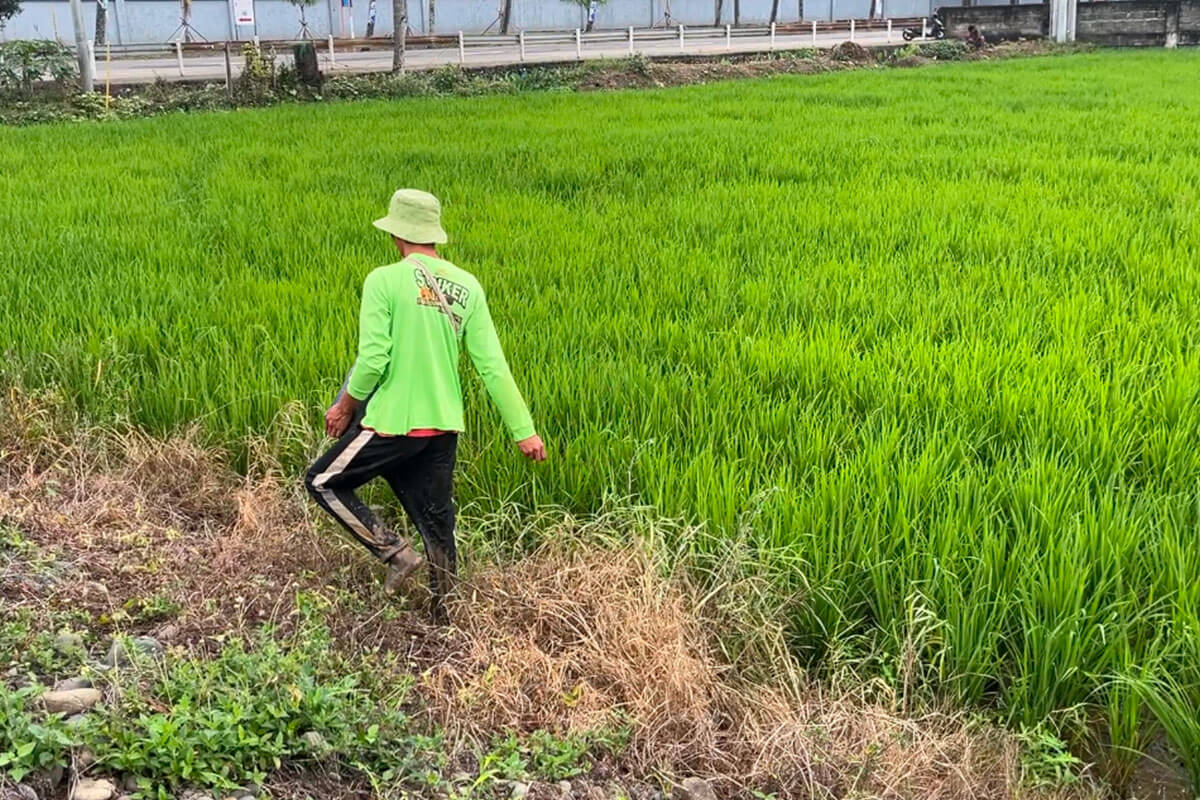
February 27, 2025
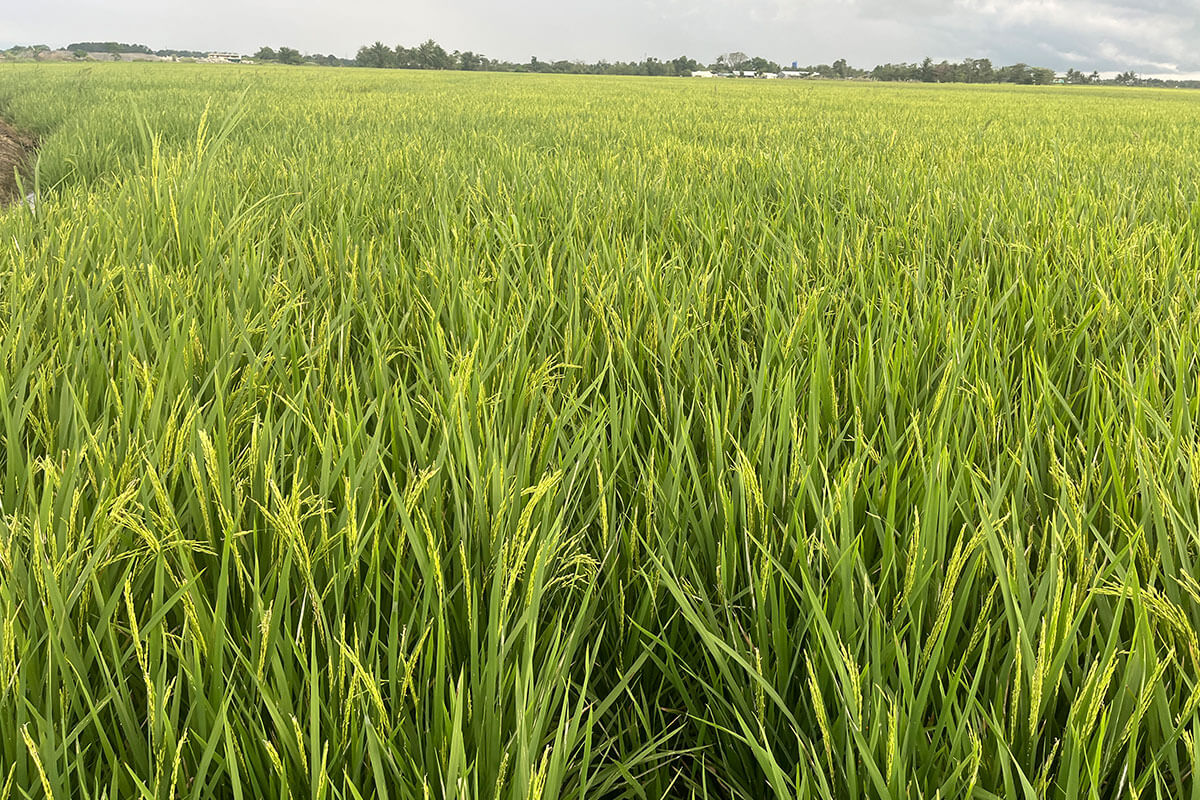
Today is 69 DAT of the rice field. As per Sir Romeo, expected harvest will be on end of March to 1st week of April depending on the weather conditions in the next following days.
As per observation, some parts are in the flowering stage while some are already in the grain filling stage.
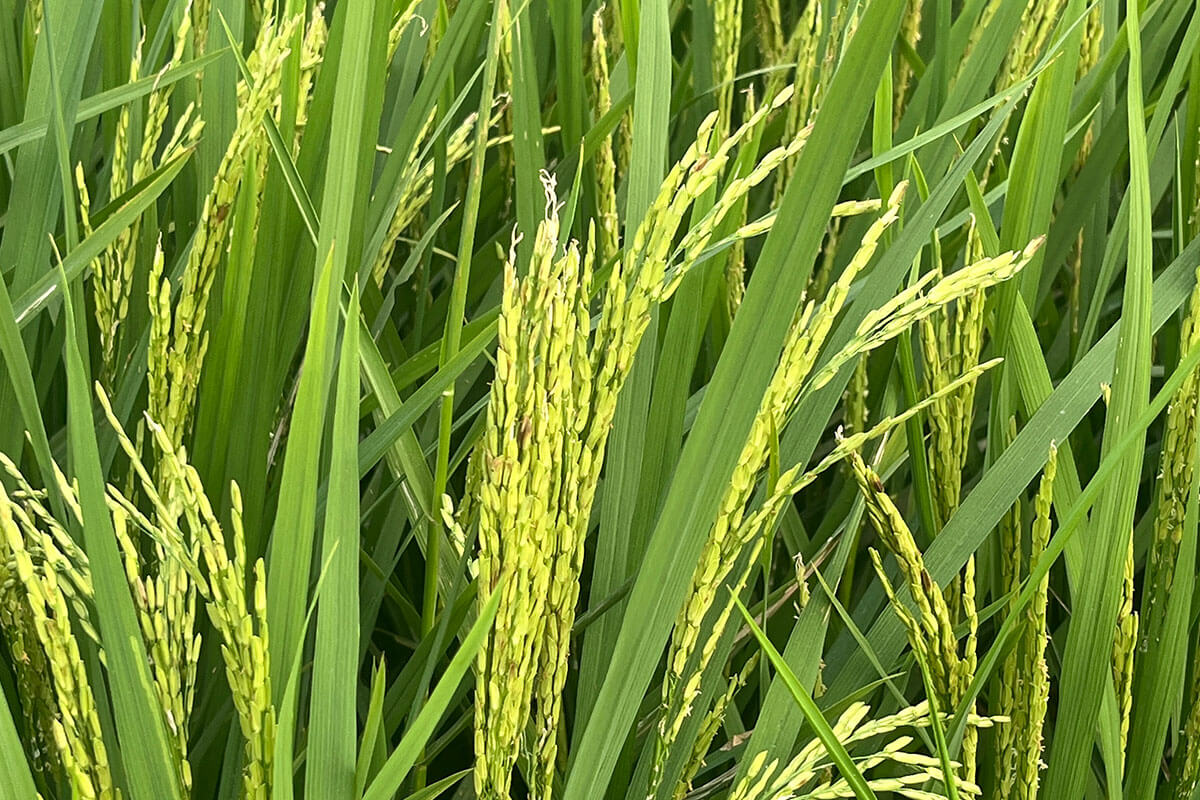
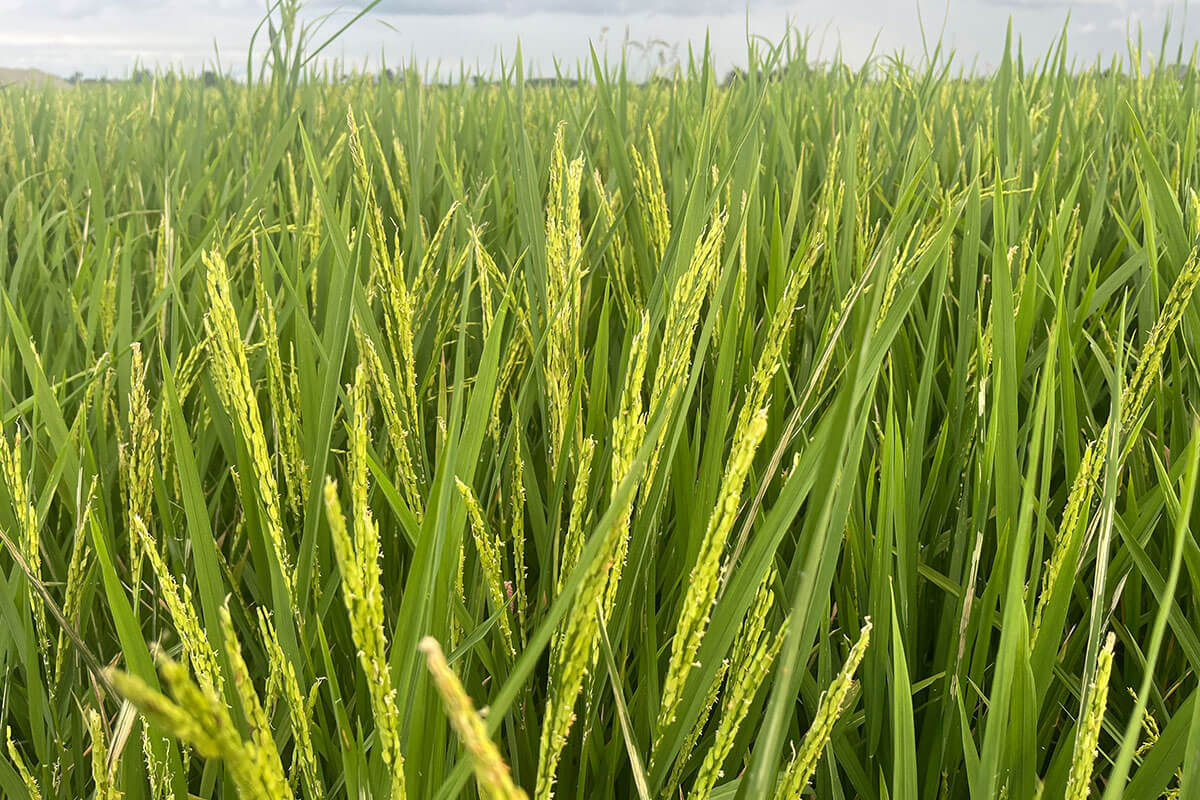
In total, 56.4 kilogram of DPF was applied for the 2.8 hectare. Hence, 20.14 kg was used per hectare.
March 24, 2025
The Dumangan Prime Inc.’s Agri-team together with Golden Season Grain Center Inc.’s representative Mr. Romeo Mauricio, witnessed the harvesting of Rice RC 222 (Inbred) at Dapdap, Luna, Isabela.
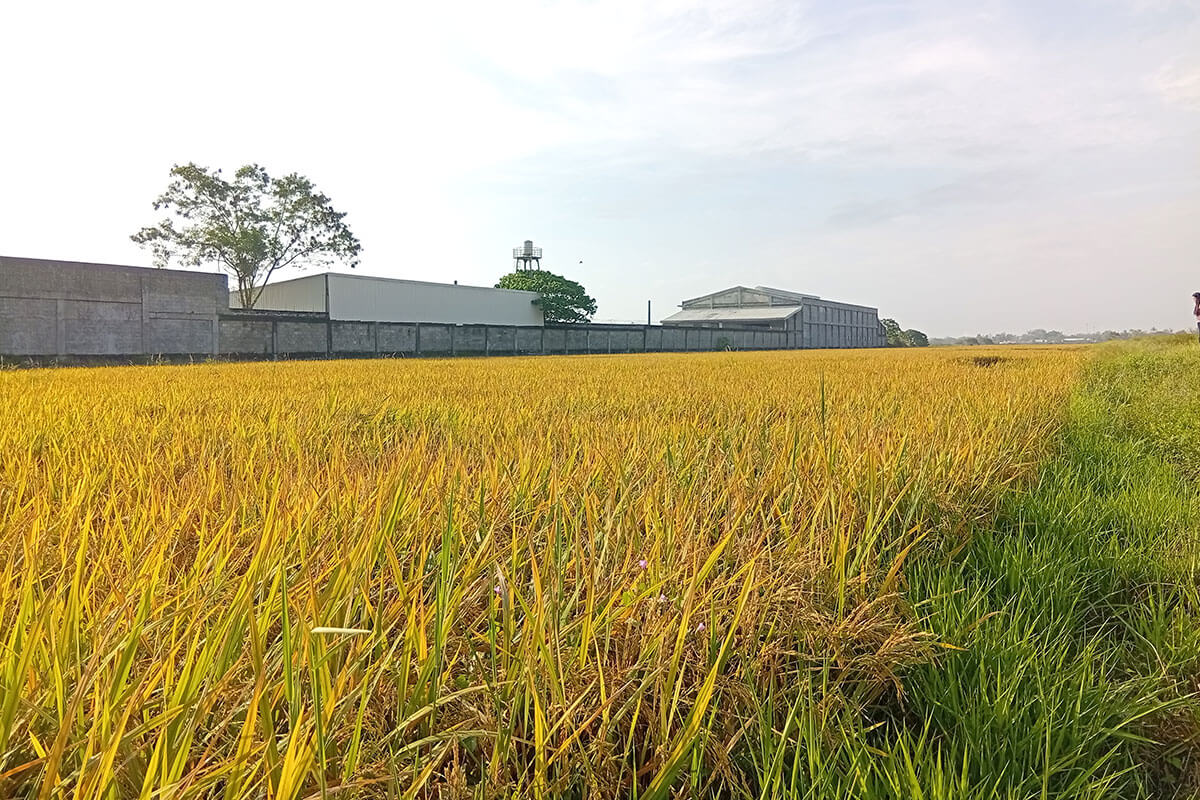
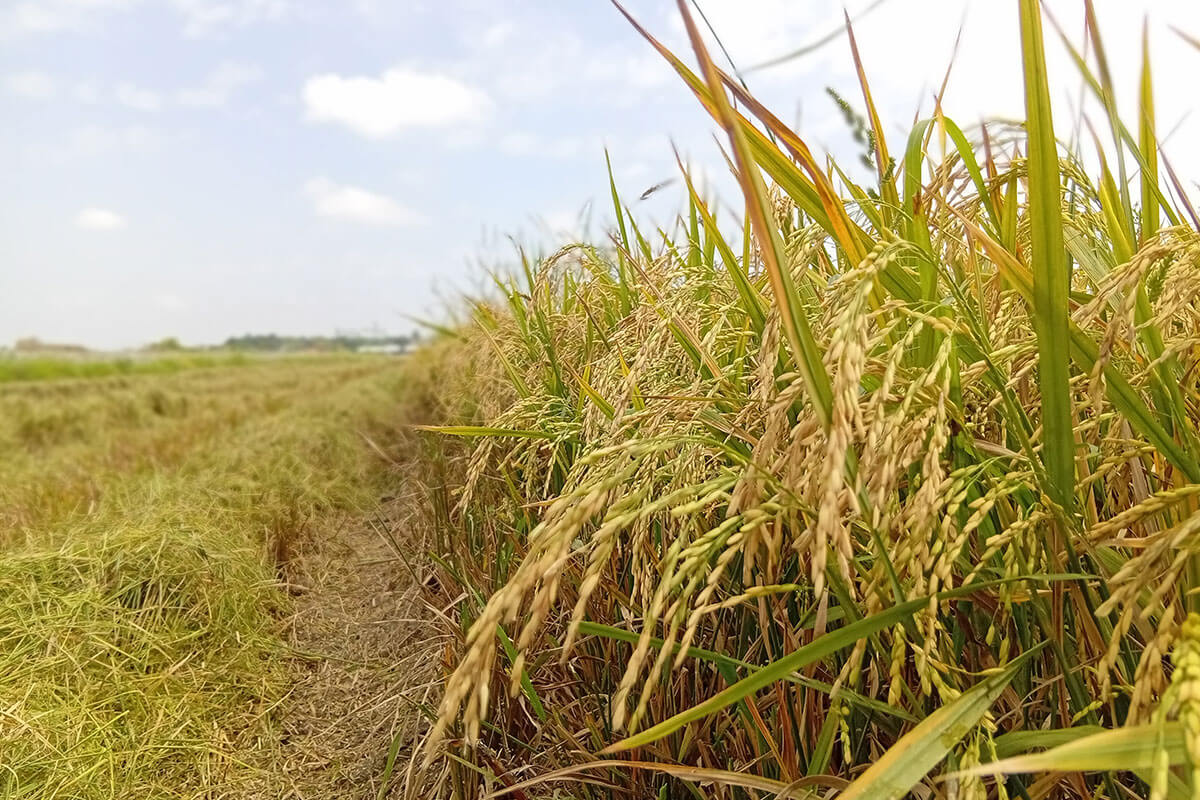
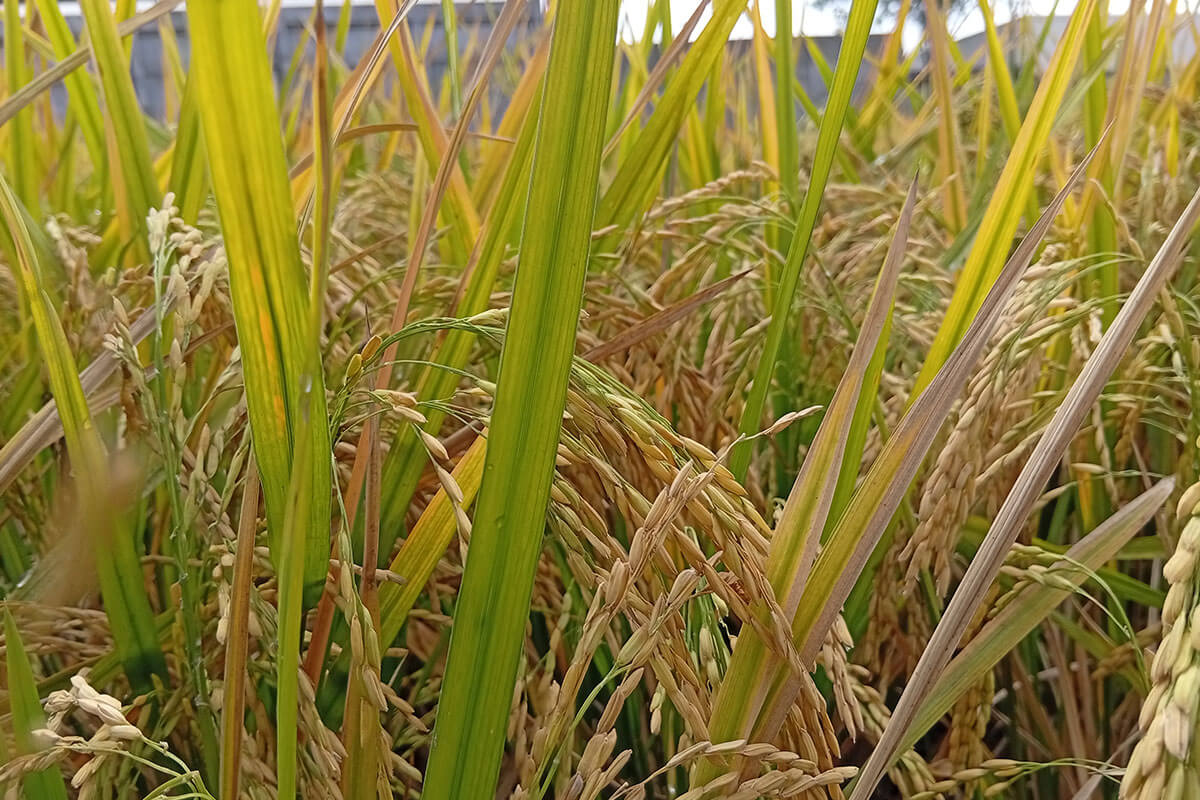
Rice at 95 DAT. Pictures taken before Harvesting
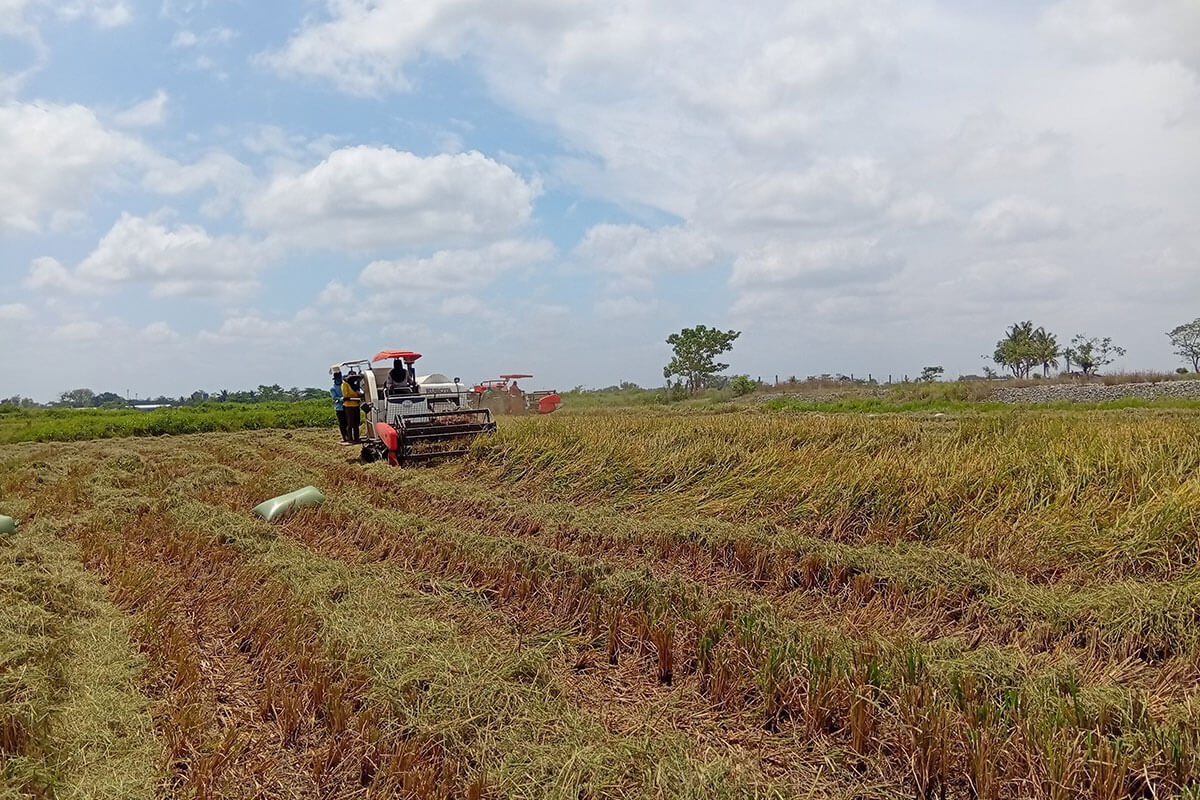
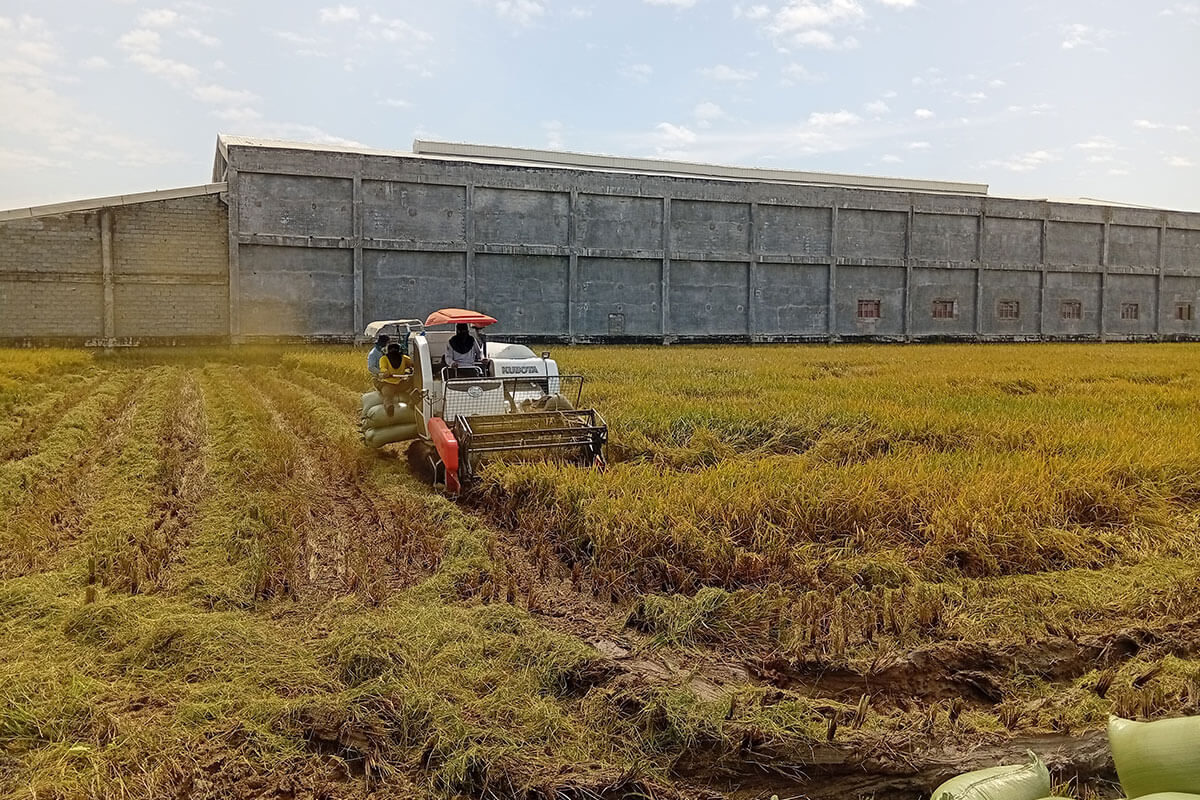
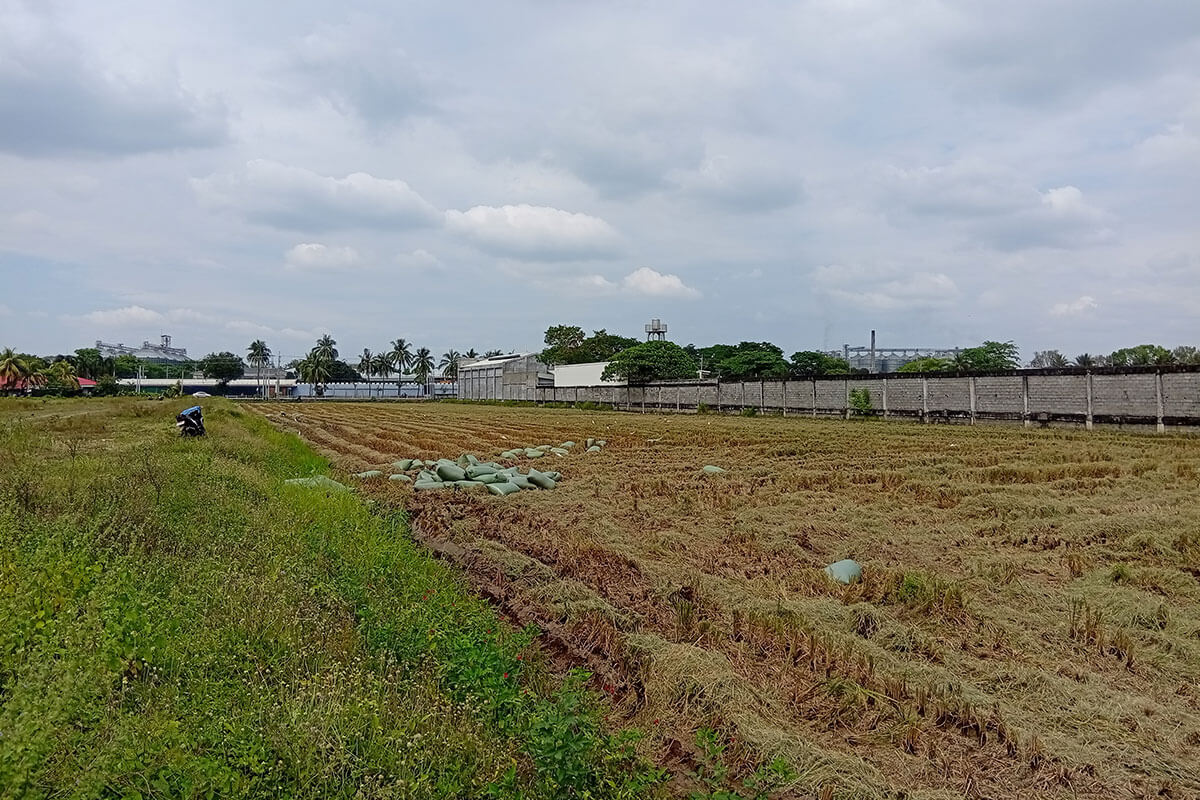
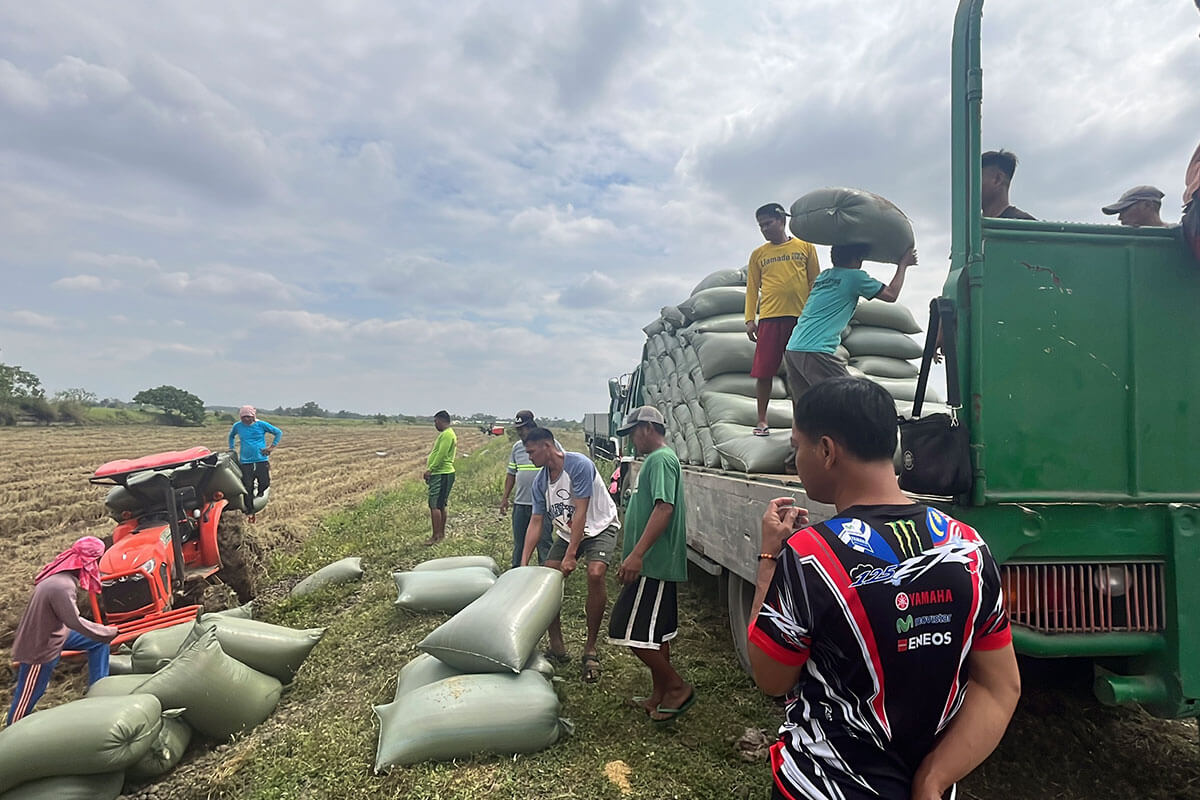
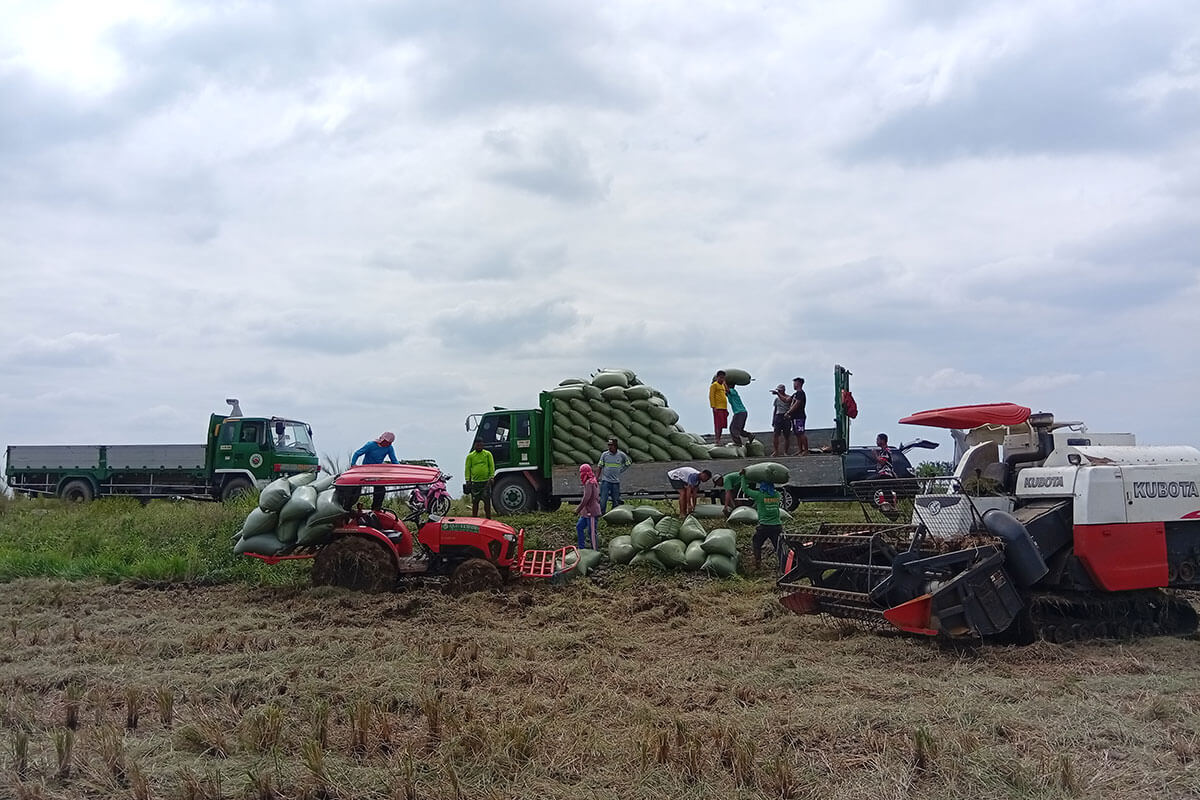
After Harvesting
Upon harvesting, The demo field had a total yield of 18,110 kg from 2.8 hectares or 6.47 tons/ha., while the control had a total harvest of 27,910 kg from 4.7 hectares or 5.94 tons/ha. Hence, there was an increase of 8.92%. While this represents a notable improvement, it is still lower compared to other demo fields in other areas. This brings us to the following discussion on the factors that may have influenced the demo field’s performance.
We can conclude that the demo field’s performance was influenced by several factors. First, poor soil quality and an inefficient irrigation system led to uneven water distribution, affecting plant growth and yield. Second, the uneven land layout caused inconsistent soil fertility and drainage, making uniform productivity difficult. Third, a nearby warehouse blocked sunlight in parts of the field, which may limit photosynthesis during critical growth stages. Lastly, the actual fertilizer application did not meet recommended levels for phosphorus and potassium, which are essential for healthy plant development and stress resistance.